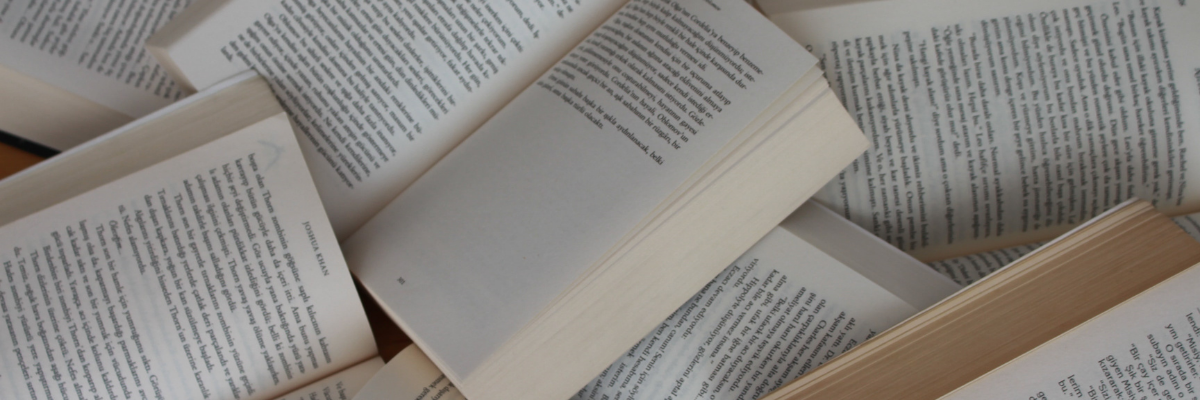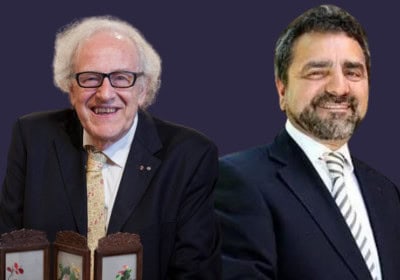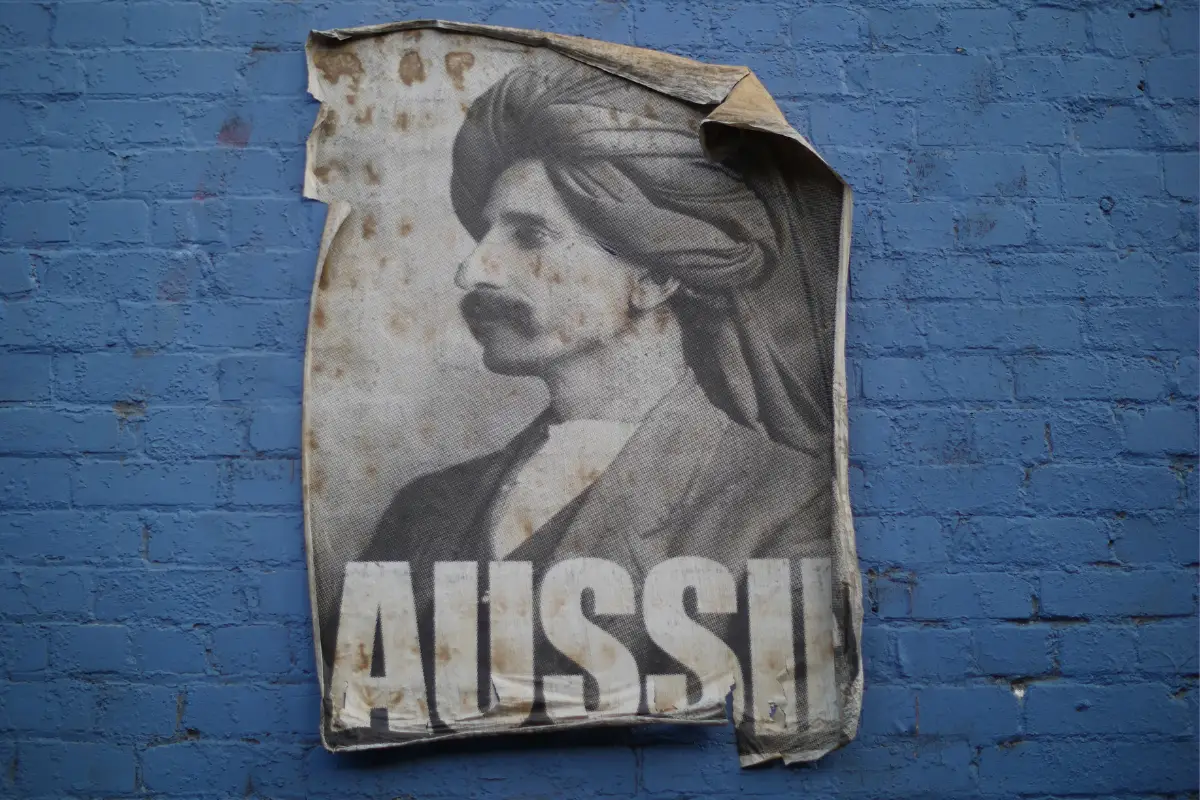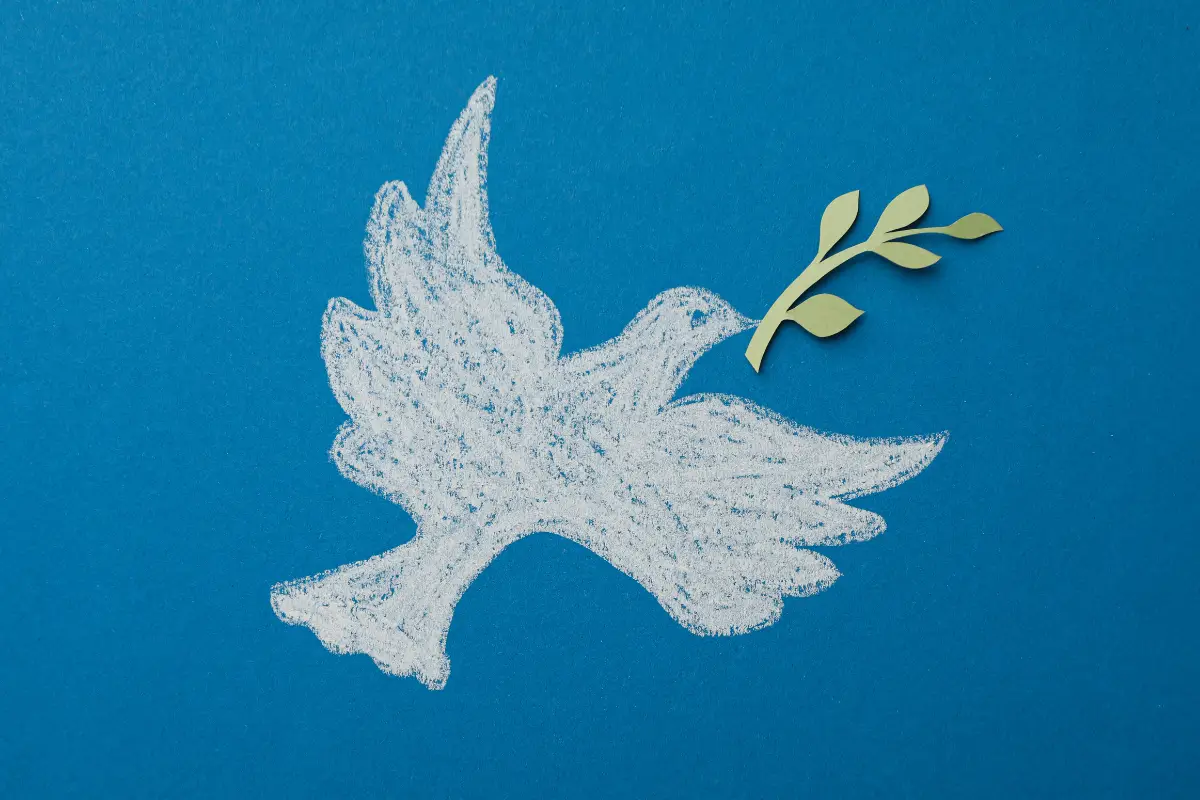
A homegrown literary culture
The first books arrived in Australia with the First Fleet in 1788, along with a small printing press and, from those early days, Australians read books and produced plays, poems, newspapers, and eventually all types of literature.
Since the mid-twentieth century, scholars have been mapping the history of the book in Australia and of national reading practices – and have reached some unexpected conclusions. Any notion of Australians being interested only in sport and other physical activities, for instance, has had to be substantially revised. Since colonisation, we have always been prodigious readers.
Pioneering researchers such as Elizabeth Webby and Wallace Kirsop highlighted the way the colonial book trade was dominated by British publishers, who shipped mostly British products into the Australian market. Yet at the same time Australia was developing and promoting a homegrown literary culture. One of the earliest outlets for the publication of original Australian writing, as well as reprints of literary material from overseas, was the Sydney Gazette which very soon after its inception in 1803 (only fifteen years after the arrival of the First Fleet) began to include a section of “Original Poetry”.
New directions in the history of the book
Australia’s study of the history of the book – paralleling similar initiatives in France, Britain, the US and elsewhere – differs from traditional literary history with its focus on authors. This newer field explores the commercial and material aspects of book production, distribution and reception, including the role of publishers, literary agents, booksellers, libraries and, above all, readers.
In Australia, an ambitious History of the Book project – beginning in the early 1990s, and involving historians, librarians, bibliographers, literary and media scholars, and book trade professionals – has delivered two magisterial volumes.
A History of the Book in Australia (2001), edited by Martyn Lyons and John Arnold, covers the period from 1890 to 1945, when Australia was Britain’s biggest export market for books. Australians of that era also devoured US and European literature.
But within this imperial and wider global context a distinctive local writing and reading culture was emerging, helped by literary societies, circulating libraries, bookshops such as Coles and Dymocks, the influence of mechanics’ institutes and universities, and the establishment of Angus & Robertson as a powerful force in Australian bookselling and publishing.
Paper trails
As literary scholar Katherine Bode has demonstrated, an abundance of locally created fiction – often featuring convicts, squatters and gold diggers – was serialised in late nineteenth-century newspapers and periodicals.
Paper Empires (2006), edited by Craig Munro and Robyn Sheahan-Bright, traces the evolution of the industry between 1946 and 2005. It tells of the paperback revolution, the flourishing of independent local publishers, such as University of Queensland Press, the rise of international publishing conglomerates, and the impact of the internet and of Nielsen BookScan, the computerised sales monitoring system.
In 1970, local titles accounted for barely 10 per cent of Australian book sales; by 2009 that figure was 60 per cent. The intervening years saw the growth of writers’ organisations and centres, literary festivals and prizes, book clubs, and Indigenous, feminist and multicultural publishing. E-readers and audiobooks have transformed the industry anew.
A key insight from this field – which Australian academics such as Kirsop and Lyons helped to develop internationally – is the recognition that, contrary to earlier assumptions, since the mid-nineteenth century Australian literature has had, for its size, a disproportionate global influence.
As well as enriching Australian cultural history, history of the book studies have helped to inform contemporary debates on issues such as whether the local industry should receive government support or be left to globalised market forces.
One story recounted in A History of the Book in Australia is of railway employee Clive Bleeck, who during the 1940s and 1950s wrote 250 novels and novelettes. Few Australians will recognise his name – yet he was one of our most prolific and successful fiction writers. And this is just one example of the wonderful nuggets of our literary past being unearthed by history of the book researchers.



